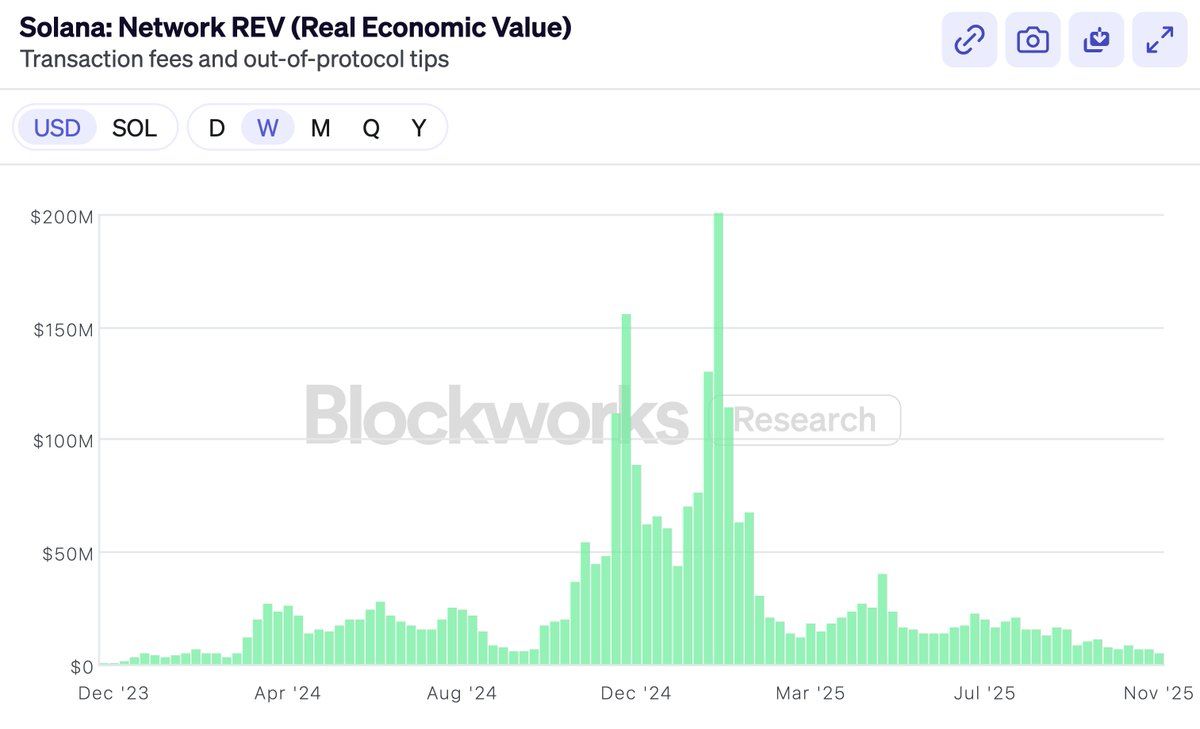Navigating the Post-Rally Correction: Is This a Buying Opportunity or a Deeper Downturn in Crypto?
- Q3 2025 crypto market saw 7% Bitcoin drop and $291M Ethereum liquidations, signaling leveraged volatility risks. - Institutional Bitcoin hoarding ($64.4B) and Ethereum ETF inflows ($2.85B) countered retail leverage-driven instability. - Fed dovish signals and $115K BTC support levels suggest market recalibration, not bear market, with strategic entry opportunities. - On-chain metrics (MVRV Z-Score 1.43) and whale accumulation ($58.3M BTC) indicate long-term holder confidence in price floors.
The cryptocurrency market in Q3 2025 has been a theater of extremes. A 7% correction in Bitcoin's price in August 2025, coupled with a $291 million liquidation event in July, has left investors scrambling to decipher whether this is a cyclical reset or the beginning of a deeper bear market. The answer lies in dissecting the interplay between leveraged liquidation patterns, macroeconomic triggers, and institutional positioning—a framework that reveals both risks and opportunities for strategic entry.
Leveraged Liquidations: A Double-Edged Sword
The summer of 2025 saw leveraged trading amplify volatility to unprecedented levels. In July alone, a 12-hour liquidation event wiped out $291 million in notional value, with Ethereum longs accounting for 68.68% of losses. Retail traders on platforms like Hyperliquid and Bybit, using leverage ratios of up to 40x, became the first dominoes to fall. Meanwhile, institutional players like MicroStrategy deepened their Bitcoin exposure via leveraged financing, raising $10 billion to bolster a $64.4 billion BTC hoard.
The fragility of these positions became evident when a 5% drop in ETH prices triggered $1.8 billion in liquidations, exposing the systemic risks of concentrated leverage. Rehypothecation practices—reusing collateral—further exacerbated this vulnerability, creating a feedback loop where margin calls cascaded across exchanges. By August, the market had stabilized slightly, with Bitcoin's open interest declining by 10.6% as speculative overexposure waned.
Key Insight: The liquidation data suggests a market recalibration rather than a breakdown. While retail leverage remains a risk, the reduction in open interest and the shift toward cold storage by whales (e.g., a $58.3 million Bitcoin accumulation in a new wallet) indicate that long-term holders are capitalizing on dips.
Macroeconomic Triggers: The Fed's Shadow and Institutional Flows
The Federal Reserve's policy trajectory has been a critical macroeconomic trigger. The anticipation of dovish rate cuts, particularly ahead of Powell's Jackson Hole speech, created a “volatility vacuum” in August. Markets priced in aggressive easing, which could reverse risk-off sentiment and reignite institutional demand.
Institutional flows further underscored this dynamic. Ethereum's spot ETFs saw $2.85 billion in net inflows by mid-August, a record high, while Bitcoin ETFs faced mixed flows. This divergence reflects Ethereum's growing appeal as a utility-driven asset, bolstered by its deflationary supply model and staking infrastructure. Meanwhile, corporate treasuries (e.g., BlackRock's $100 billion crypto exposure) and state pension funds (e.g., Michigan's Ark Bitcoin ETF holdings) added structural support to Bitcoin's price floor.
Key Insight: The macroeconomic environment is tilting toward a bullish reset. Dovish policy expectations and institutional adoption are creating a floor for prices, even as leveraged retail positions remain a near-term risk.
Technical and On-Chain Signals: A Bullish Case for Entry
Bitcoin's MVRV Z-Score hit 1.43 in July 2025, signaling a local bull market bottom. This metric, which compares market value to realized value, suggests that short-term holders are in profit-taking territory, reducing the likelihood of further capitulation. Additionally, Bitcoin's price found a critical support level at $115,000 in August, with historical patterns indicating a potential rebound toward $160,000 by Q4 2025.
Ethereum's technicals were equally compelling. A 51% gain in July was followed by a 3.35% drop to $3,603.62 in early August, but the asset's open interest of $34 billion and whale accumulation (200,000 ETH, or $515 million, added since Q2) pointed to resilience. The $2,500 support level for ETH became a psychological floor, with RSI divergence suggesting a consolidation phase rather than a reversal.
Key Insight: Technical indicators and on-chain metrics paint a picture of a market in transition. The $110,000–$115,000 range for Bitcoin and the $2,500–$3,000 range for Ethereum represent strategic entry points, supported by both historical cycles and institutional flows.
Strategic Entry Points and Risk Mitigation
For investors, the correction offers a disciplined entry opportunity. A diversified approach—allocating capital to Bitcoin at $110,000–$115,000 while hedging with Ethereum exposure—balances Bitcoin's store-of-value narrative with Ethereum's utility-driven growth. On-chain tools like Nansen AI and Sentora can help monitor whale activity, while dynamic rebalancing strategies (e.g., reducing leverage to 10x when volatility exceeds 15%) mitigate liquidation risks.
The $250 million short liquidation event on August 22, 2025, further reinforced this thesis. Forced buybacks in BTC/USDT and ETH/USDT pairs erased bearish positions and triggered a surge in prices. This event highlighted the power of short squeeze mechanics, where disciplined longs can capitalize on institutional and retail capitulation.
Key Insight: The correction has created a risk-rebalanced market. Investors who adopt a long-term perspective, leverage on-chain signals, and employ disciplined risk management are well-positioned to navigate the next phase of the bull run.
Conclusion: A Recalibration, Not a Collapse
The Q3 2025 correction is best viewed as a recalibration rather than a bear market. Leveraged liquidations have stabilized leverage ratios, macroeconomic signals point to a dovish turn, and institutional flows are reinforcing a structural floor. While risks remain—particularly in overleveraged retail positions—the interplay of these factors creates a compelling case for strategic entry.
For investors, the key lies in balancing caution with conviction. Diversify across BTC and ETH, monitor on-chain metrics for further dips, and hedge with stablecoins to manage volatility. The market's ability to withstand corrections and maintain structural resilience suggests that the next leg higher is not only possible but probable.
In the end, the correction is a test of discipline. Those who pass it will find themselves at the starting line of a new bull phase.
Disclaimer: The content of this article solely reflects the author's opinion and does not represent the platform in any capacity. This article is not intended to serve as a reference for making investment decisions.
You may also like
2025 TGE Survival Ranking: Who Will Rise to the Top and Who Will Fall? Complete Grading of 30+ New Tokens, AVICI Dominates S+
The article analyzes the TGE performance of multiple blockchain projects, evaluating project performance using three dimensions: current price versus all-time high, time span, and liquidity-to-market cap ratio. Projects are then categorized into five grades: S, A, B, C, and D. Summary generated by Mars AI This summary was generated by the Mars AI model, and the accuracy and completeness of its content are still being iteratively updated.

Mars Finance | "Machi" increases long positions, profits exceed 10 million dollars, whale shorts 1,000 BTC
Russian households have invested 3.7 billion rubles in cryptocurrency derivatives, mainly dominated by a few large players. INTERPOL has listed cryptocurrency fraud as a global threat. Malicious Chrome extensions are stealing Solana funds. The UK has proposed new tax regulations for DeFi. Bitcoin surpasses $91,000. Summary generated by Mars AI. The accuracy and completeness of this summary are still being iteratively updated by the Mars AI model.

How much is ETH really worth? Hashed provides 10 different valuation methods in one go
After taking a weighted average, the fair price of ETH exceeds $4,700.

Dragonfly partner: Crypto has fallen into financial cynicism, and those valuing public blockchains with PE ratios have already lost
People tend to overestimate what can happen in two years, but underestimate what can happen in ten years.
